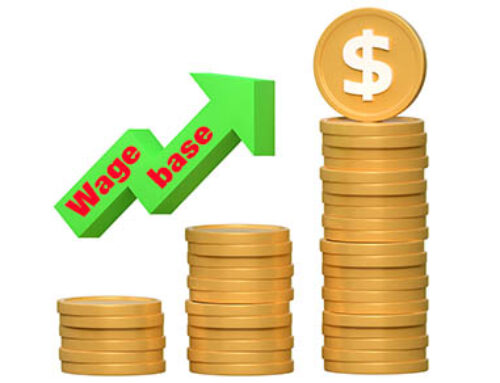Profitable businesses often experience cash flow shortages, particularly if they’re experiencing rapid growth. Business owners may wonder why they owe taxes when they regularly struggle to find cash to cover their bills. The answer can be found by understanding the key differences between profits and cash flow.
Operating activities
Profits are closely related to taxable income. Reported at the bottom of your company’s income statement, they’re essentially the result of revenue less the cost of goods sold and other operating expenses incurred in the accounting period. U.S. Generally Accepted Accounting Principles (GAAP) require companies to “match” costs and expenses to the period in which revenue is recognized. Under accrual-basis accounting, it doesn’t necessarily matter when you receive payments from customers or when you pay expenses.
For example, retailers and manufacturers can’t deduct unsold inventory — even though it may have been paid for (or financed) long ago. The expense (cost of goods sold) hits your income statement only when an item is sold or used. Your inventory account contains many cash outflows that are waiting to be expensed.
Other working capital accounts — such as accounts receivable, accrued expenses and trade payables — also represent a difference in the timing of cash flows. As your business grows and prepares for increasing sales, you invest more in working capital, which temporarily depletes cash.
For mature businesses, the reverse situation may happen. That is, they may be “cash cows” that generate ample cash despite reporting lackluster growth and profits.
Financing and investing activities
Working capital items tell only part of the story. Your company’s income statement also includes depreciation and amortization, which are noncash expenses. It excludes changes in fixed assets, bank financing and owners’ capital accounts, which affect cash that’s on hand.
For instance, suppose your company uses tax depreciation schedules for book purposes. In 2023, you purchased new equipment to take advantage of the expanded Section 179 allowance. The entire purchase price of these items was deducted from profits in 2023. However, these purchases were financed with debt. So, actual cash outflows from the investments in 2023 were minimal.
In 2024, your business will make loan payments that will reduce the amount of cash in the company’s checking account. But your profits will be hit with only the interest expense (not the principal amount being repaid). Plus, there will be no “basis” left in the 2023 purchases to depreciate in 2024. These circumstances will artificially boost profits in 2024, without a proportionate increase in cash.
We can help
When budgeting and overseeing company finances, owners need to look beyond profits to avoid cash flow crises. Contact us to discuss ways to manage the cash flow cycle more effectively.
© 2024




